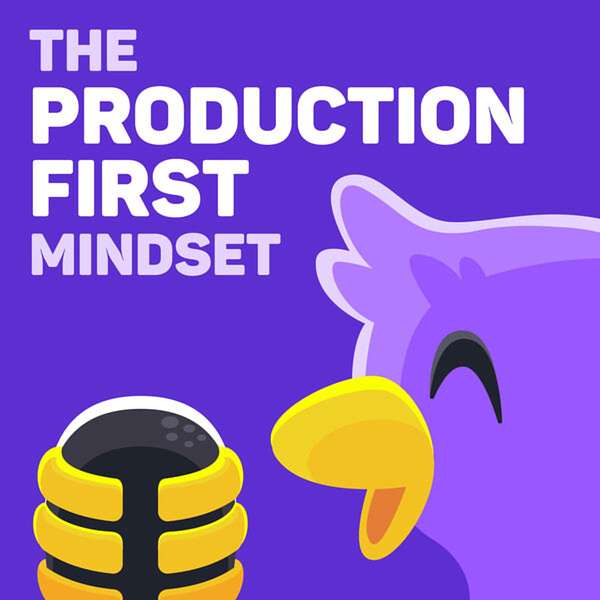
The Production-First Mindset
Learn how the top brands wow customers through production-first engineering. On this podcast you will find the tactics, methodologies, and metrics used to drive customer value by the engineering leaders actually doing it. Join Rookout CTO, Liran Haimovitch as he explores how customer-centric brands approach engineering to create a competitive advantage; with interviews covering topics such as automation, issue resolution, team structure, DevOps, and more.
The Production-First Mindset
Doordash's Sudeeptha Jothiprakash - Where The Powerhouses Of Containers And Serverless Come In
•
Liran Haimovitch
•
Episode 37
Rookout CTO Liran Haimovitch sits down with Sudeeptha Jothiprakash, Product Lead at Doordash. They discuss solving consumer issues, being able to find the needle in the haystack of containers, gaining a deep level of granularity without spiraling costs, the division of responsibility, and what the most important thing for DevOps engineers to be doing is.
Rookout is a developer-first observability platform that provides an unparalleled ability to collect
Disclaimer: This post contains affiliate links. If you make a purchase, I may receive a commission at no extra cost to you.
.jpg)